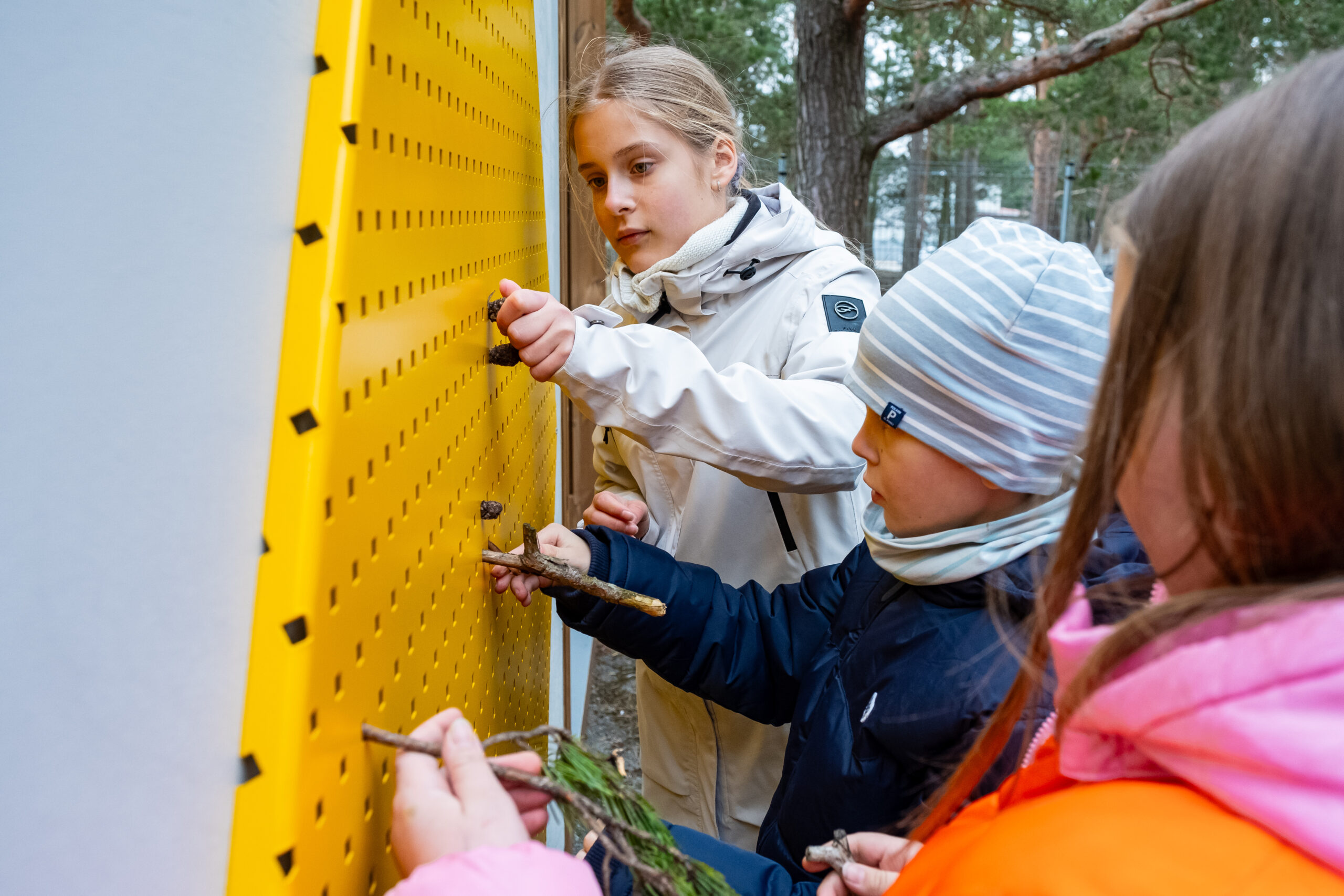STEAM education helps prepare students for worklife
In a constantly changing world, education plays a crucial role in shaping tomorrow’s leaders, innovators, and problem-solvers. How can we help our students acquire the knowledge and attitudes they will really need in the future? STEAM education has been proposed as one solution. It is a modern approach to learning that develops creativity, critical thinking, and interdisciplinary skills in learners.
What is STEAM education?
Traditional subjects often focus on mastering the content of a particular subject. Teaching is usually teacher-led in a classroom and focuses on theoretical knowledge. Students are expected to memorise facts and repeat them in response to the teacher’s questions. However, exciting and innovative STEAM education is practical and interdisciplinary, offering students a wider range of learning opportunities and experiences by combining the following subjects:
- Science
- Technology
- Engineering
- Arts (and humanities)
- Mathematics
By connecting these areas, students have the opportunity to see and experience for themselves how different fields work together to solve problems in society. Engaging students in real-world problem-solving, hands-on projects, and experiments, creates a more motivating learning environment. Learning often takes place in group work and open discussions, giving students more freedom to direct their own learning and project implementation.
Why is STEAM education needed?
The comprehensive and practical approach develops critical thinking, creativity, and problem-solving skills in students and teaches them key skills. Through hands-on projects, experiments, and design competitions, students participate in real-world learning experiences that reflect the complexity of today’s world. Whether it’s building robots or designing sustainable solutions, STEAM education encourages students to confidently and creatively tackle complex problems. In addition, students develop collaboration and communication skills, which are essential for success in today’s society, both personally and professionally.
By encouraging students to think like scientists, technologists, engineers, artists, and mathematicians, we support their curiosity and prepare them for the real world of work when they leave school. In our rapidly changing world, it is becoming increasingly common to learn and develop on the job. Employers are increasingly looking for people who can solve complex problems, think creatively, and work in different teams. STEAM education encourages students to ask questions and seek solutions, and teaches them that failure is an important part of success. So while STEAM education does not prepare students for specific careers, it opens up a variety of opportunities and doors that are worth exploring. This includes fields that often seem distant and complex to students (such as various disciplines of engineering or information technology, as well as the broad spectrum of the arts). In short, STEAM education helps to shape children into lifelong learners, future solution finders, and contributors to society.
How to learn and teach following STEAM principles?
There is no one-size-fits-all answer here, and the topic definitely needs a separate post, but in general, the keywords are interdisciplinary integration and networking. At Huvi, we believe that change starts with small steps. To support teachers in promoting STEAM education, we have created cross-disciplinary projects for our teaching materials that can be used immediately. But there are other approaches as well – linking a real-world challenge to 2-3 disciplines to start with is already an important step to better prepare students for the future.



